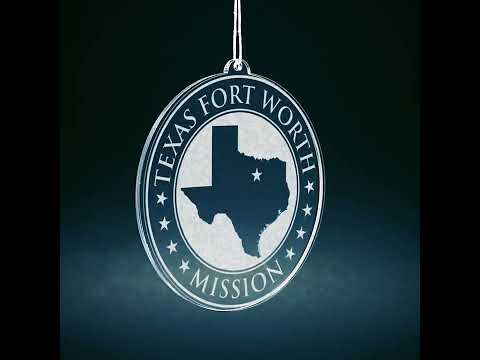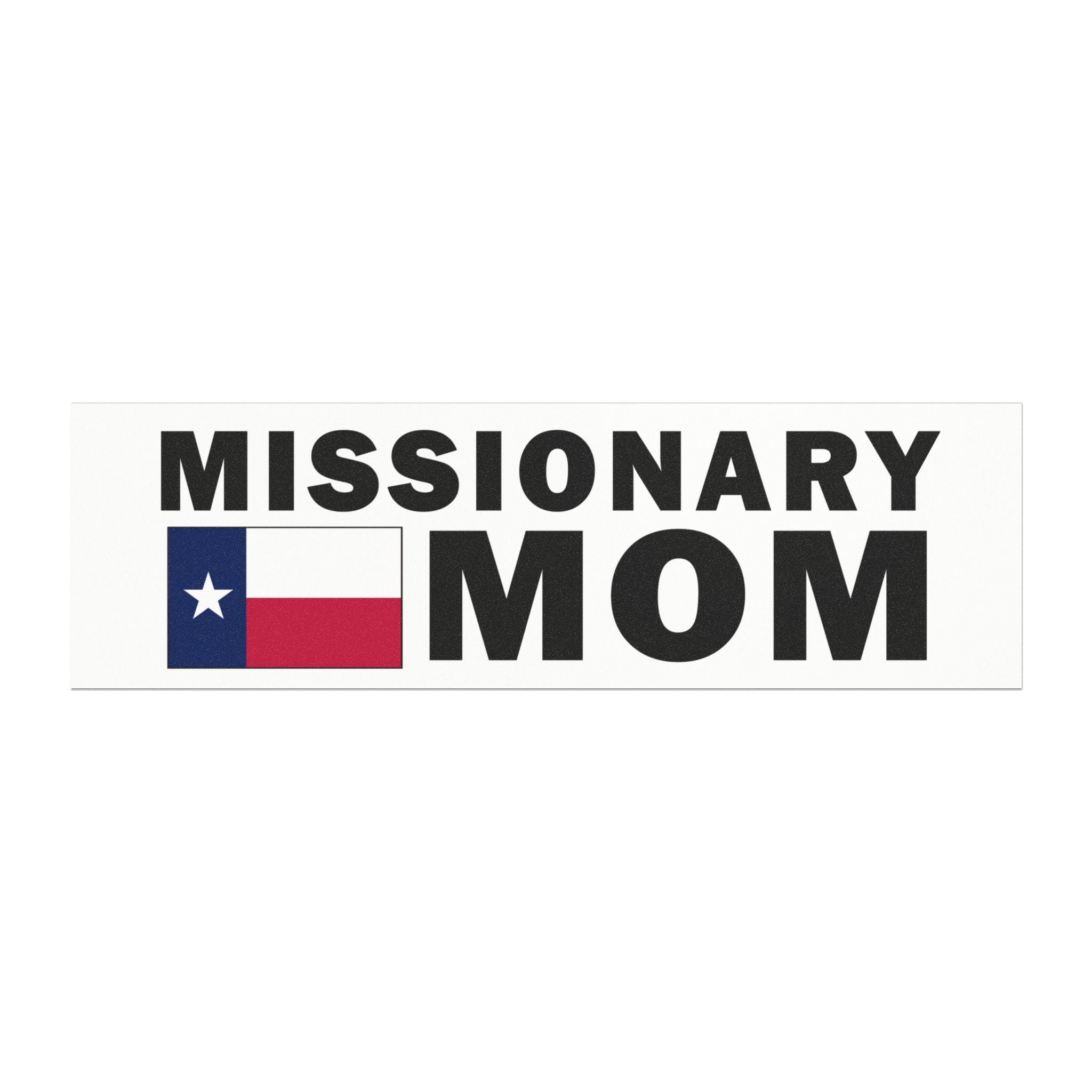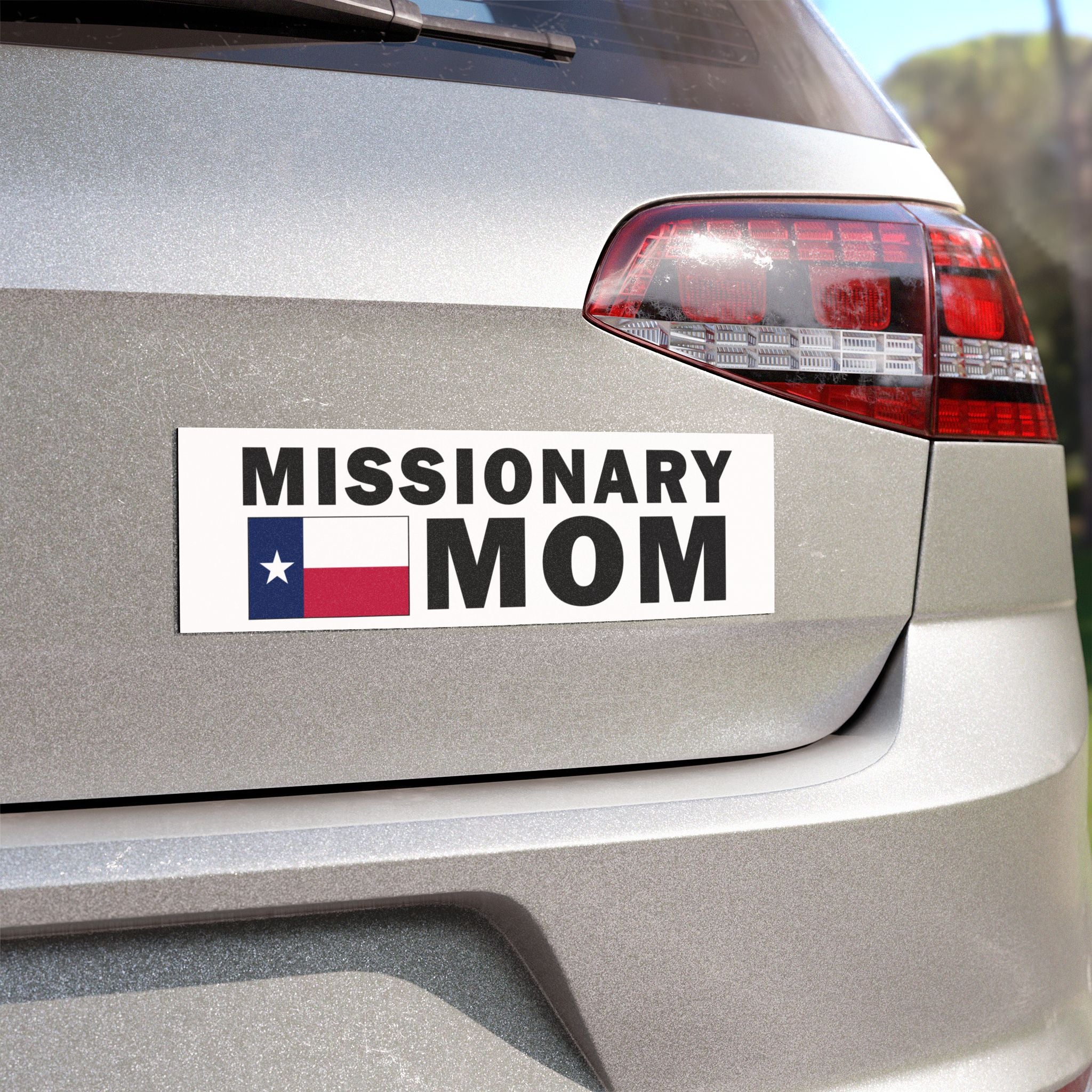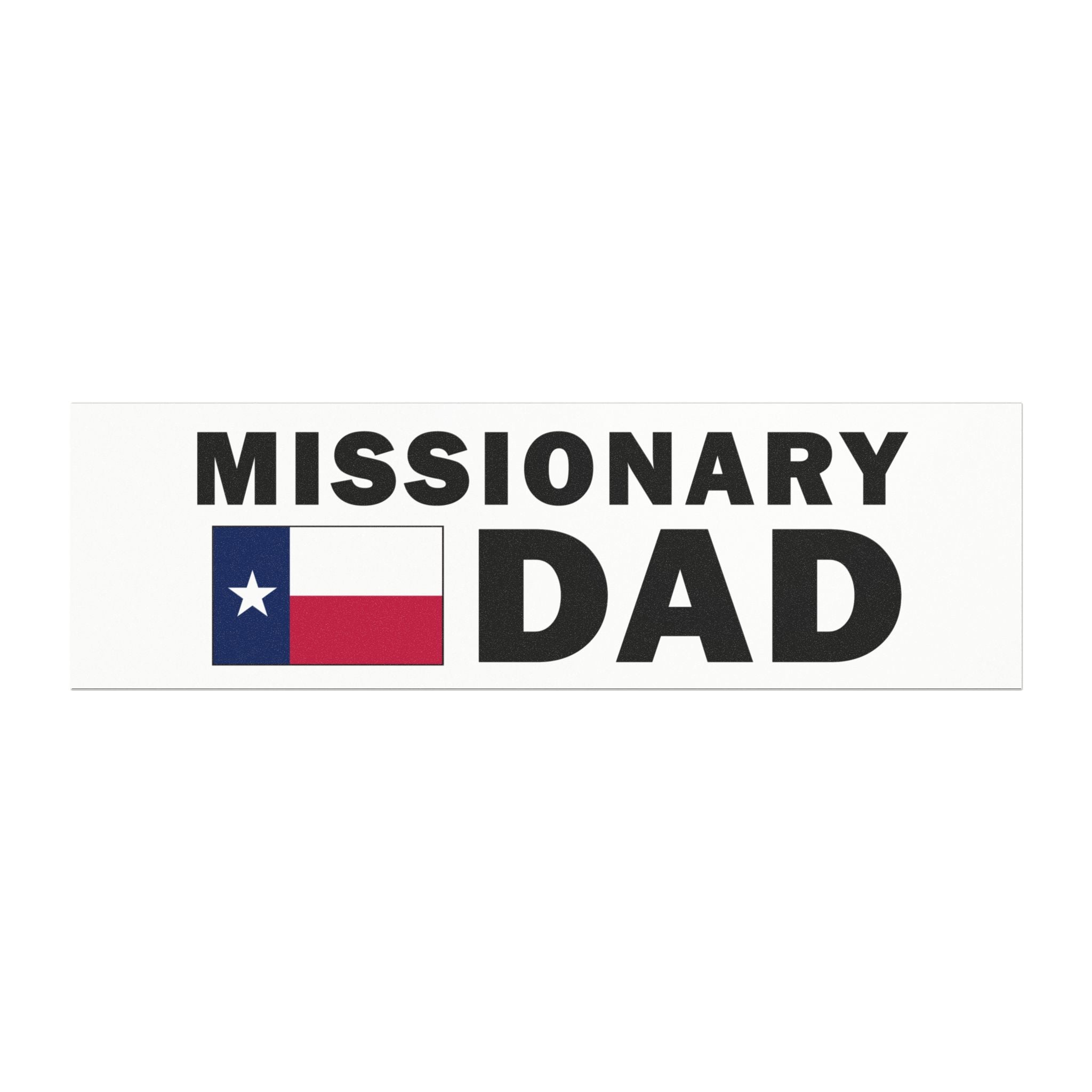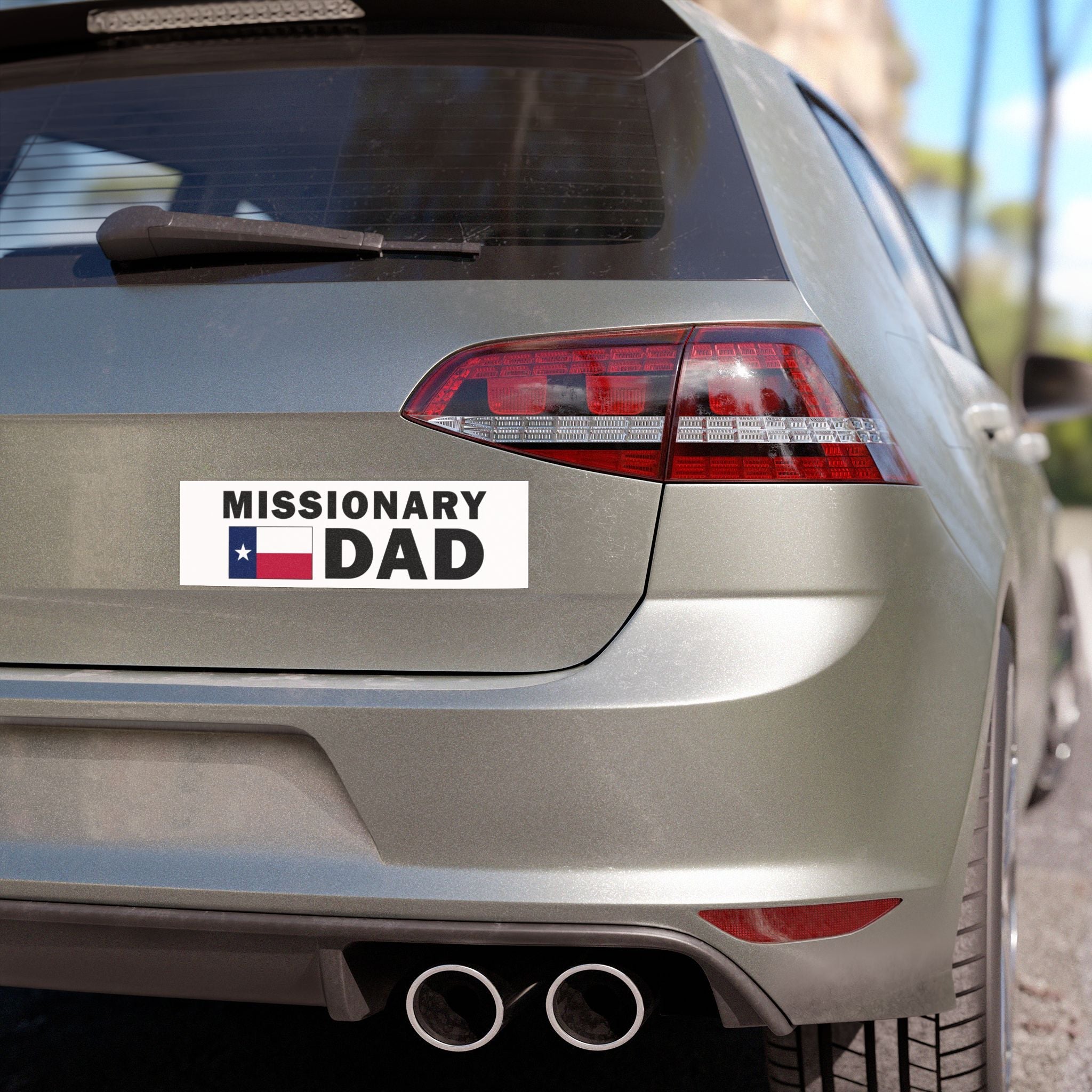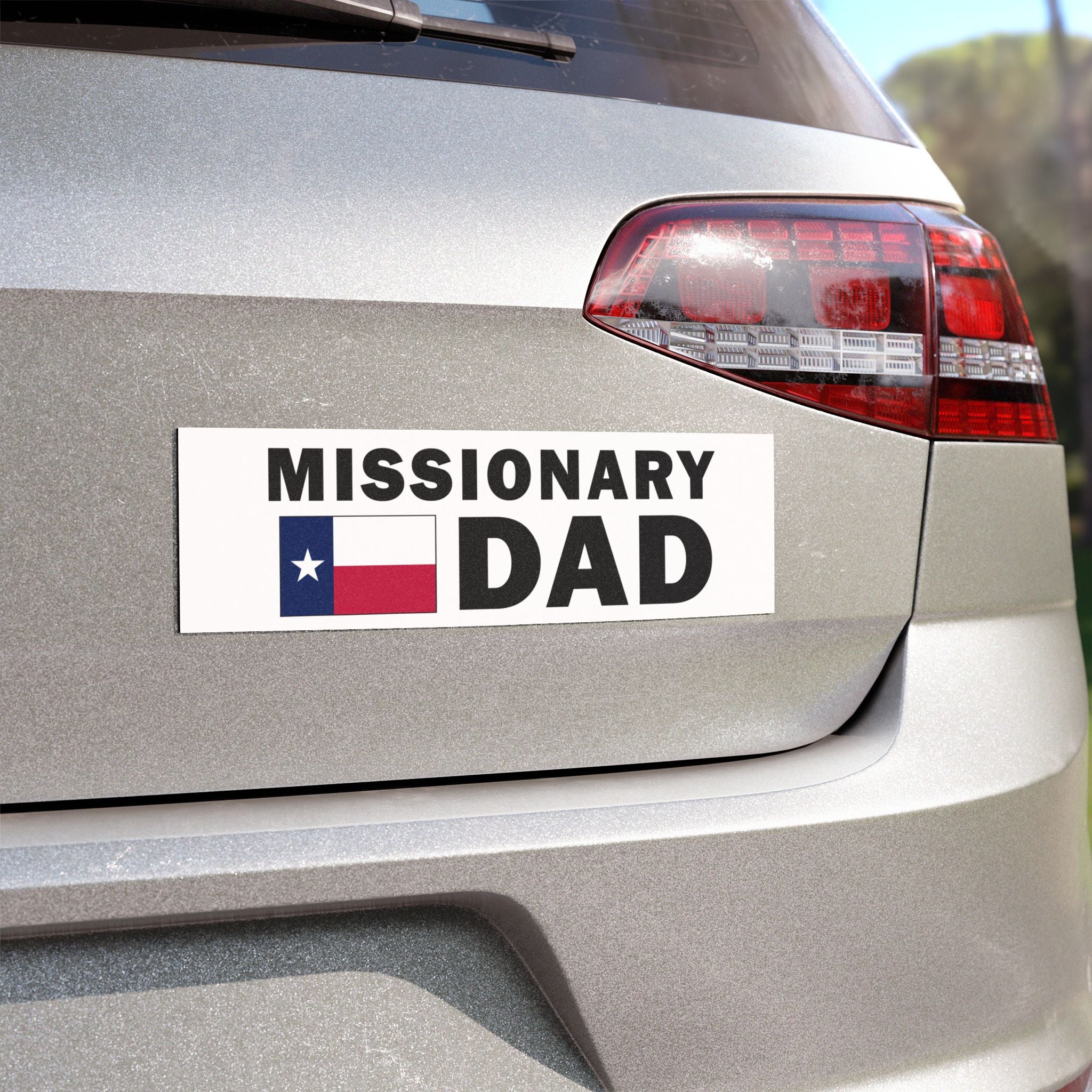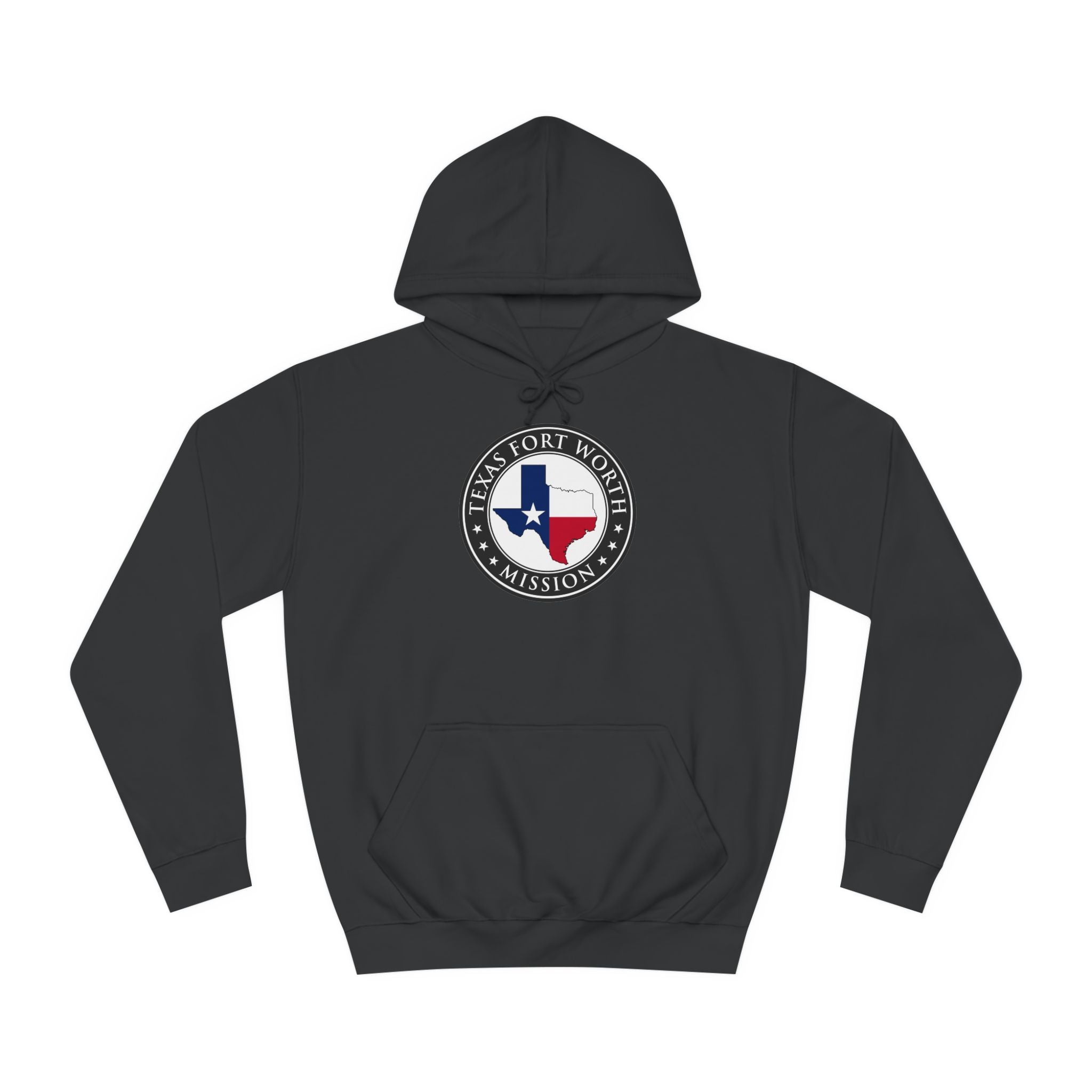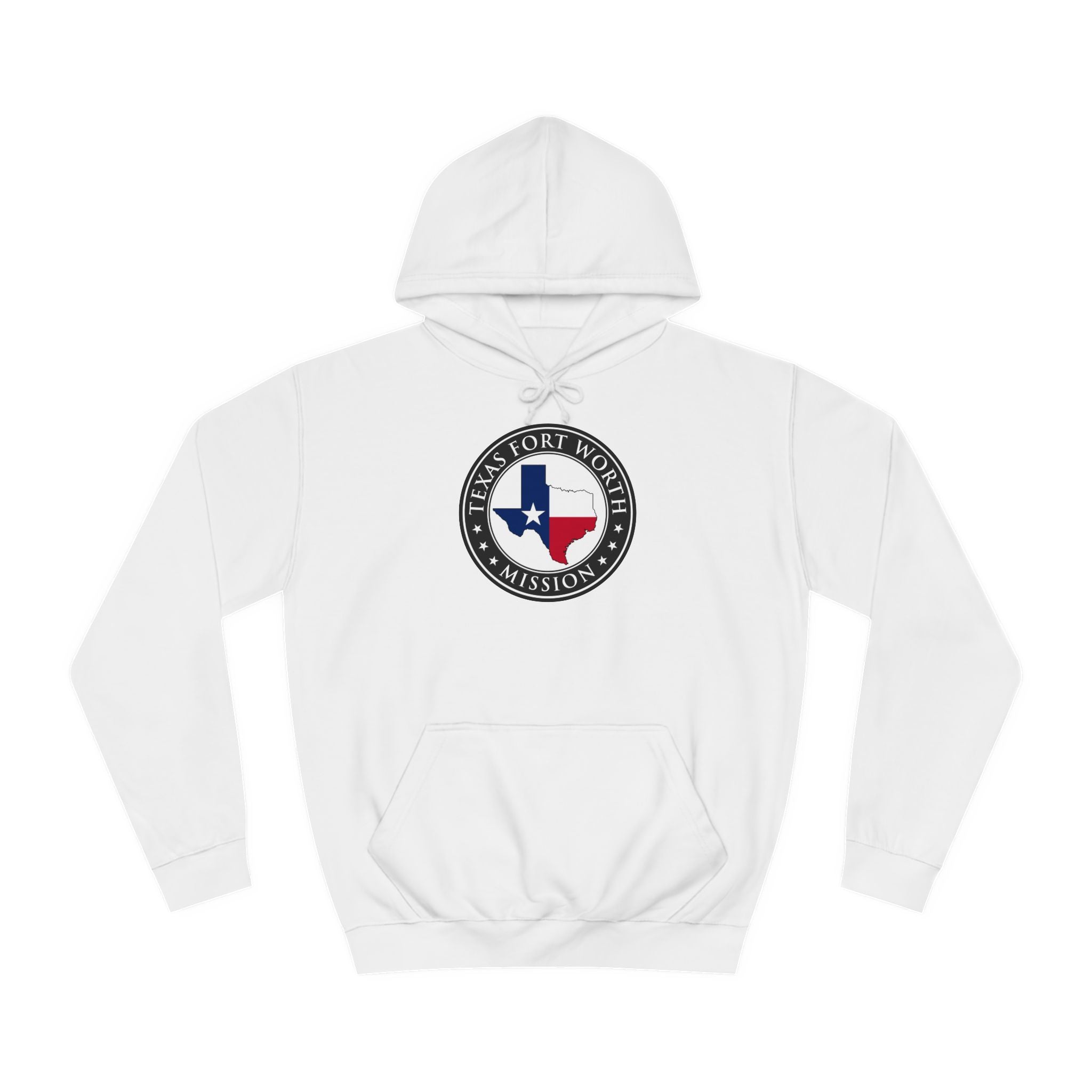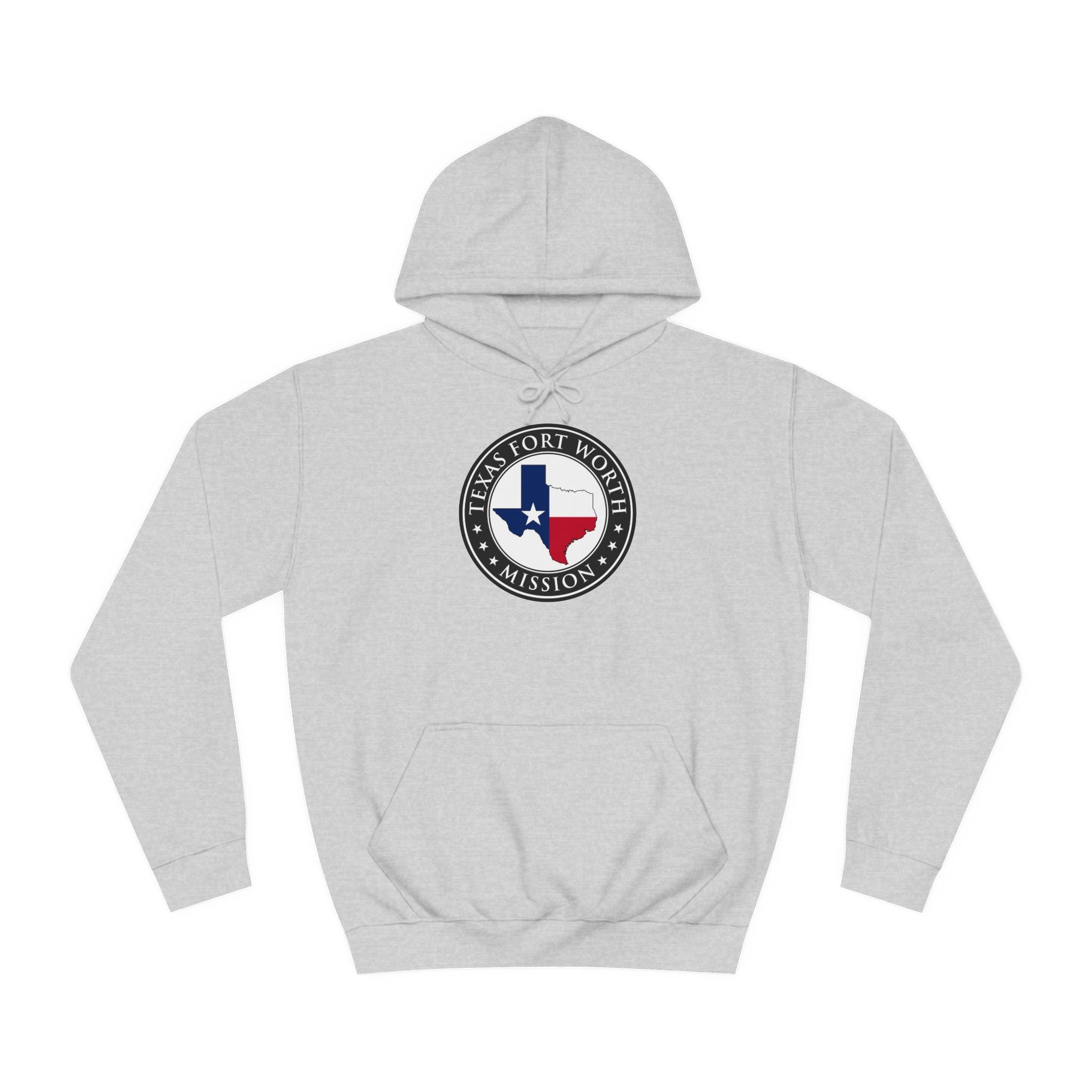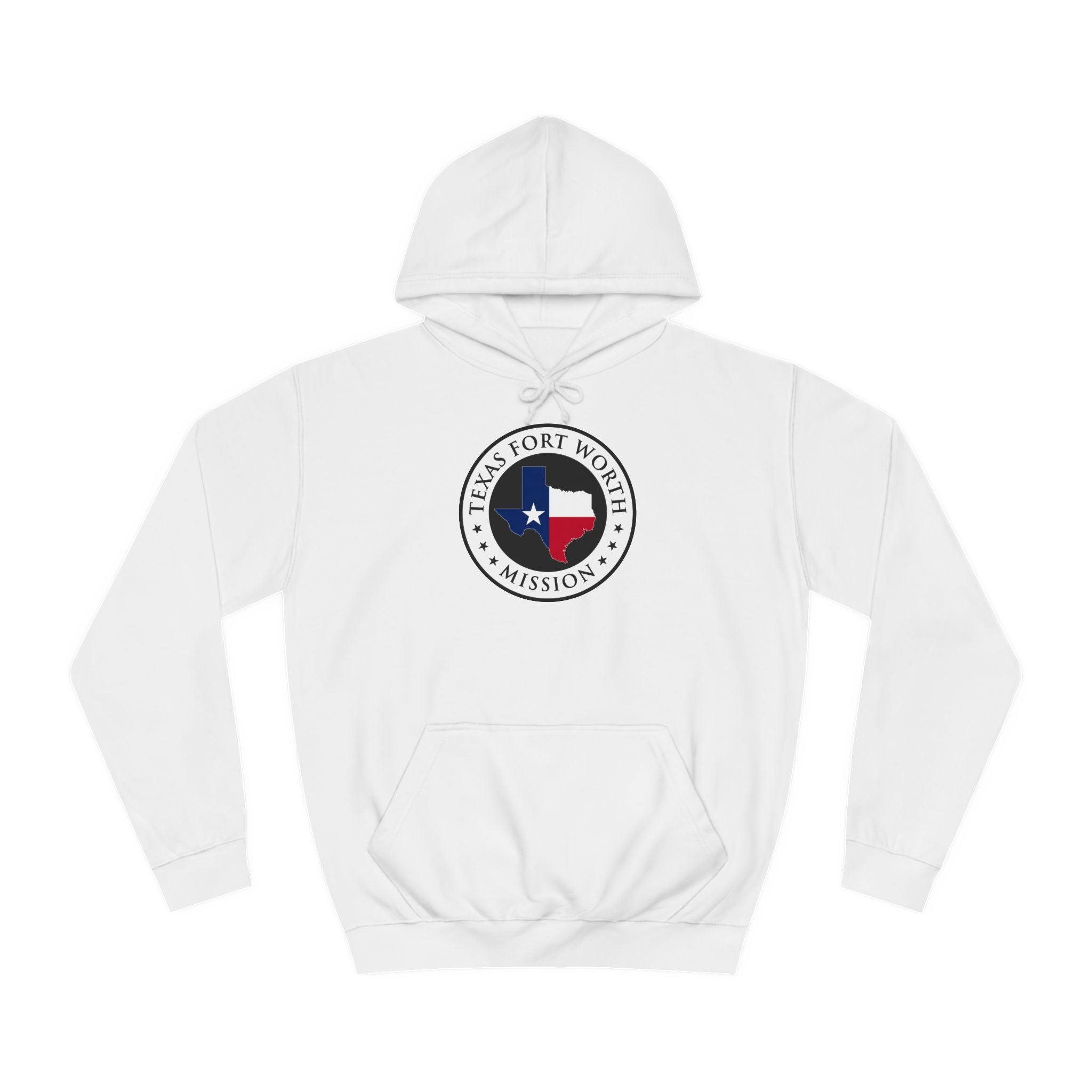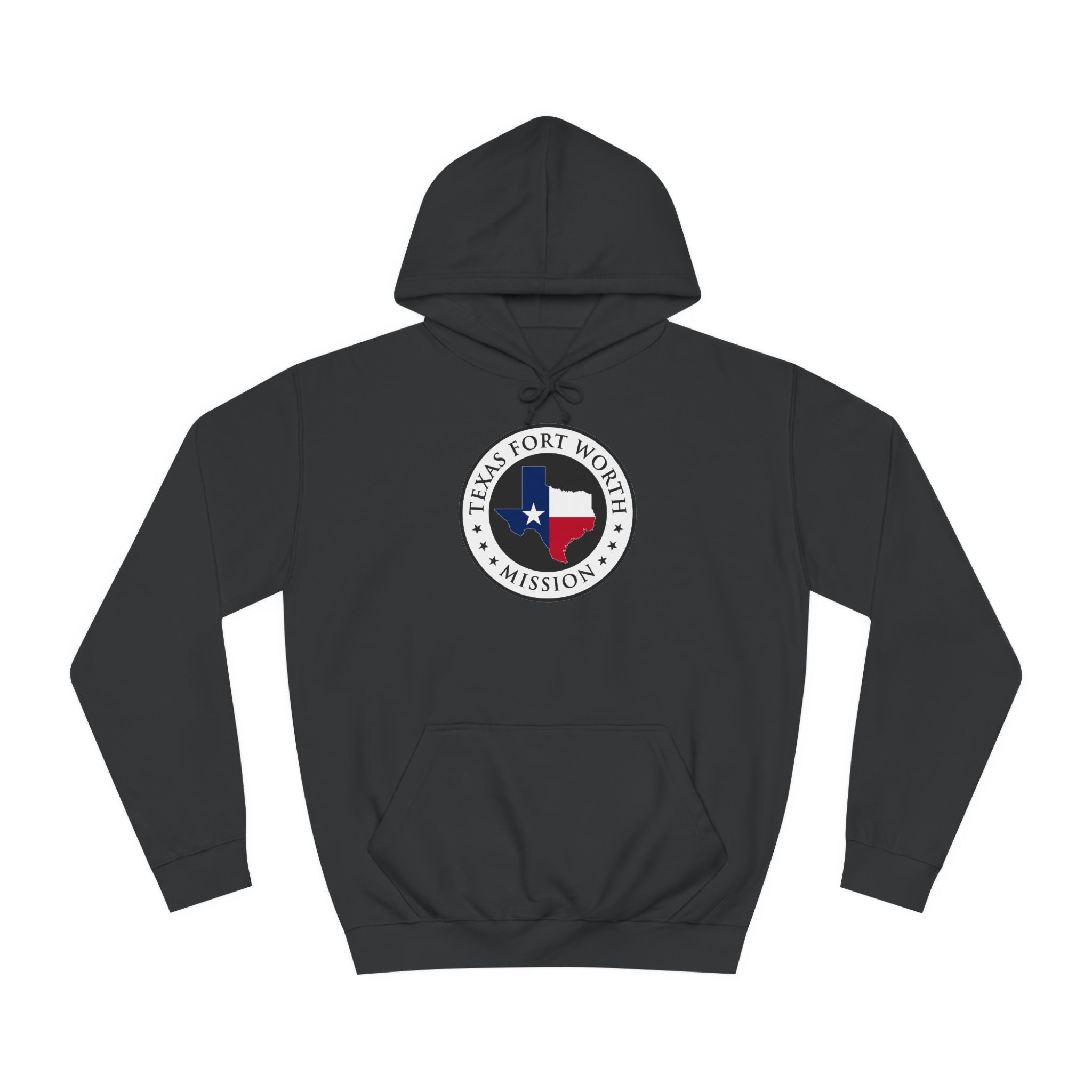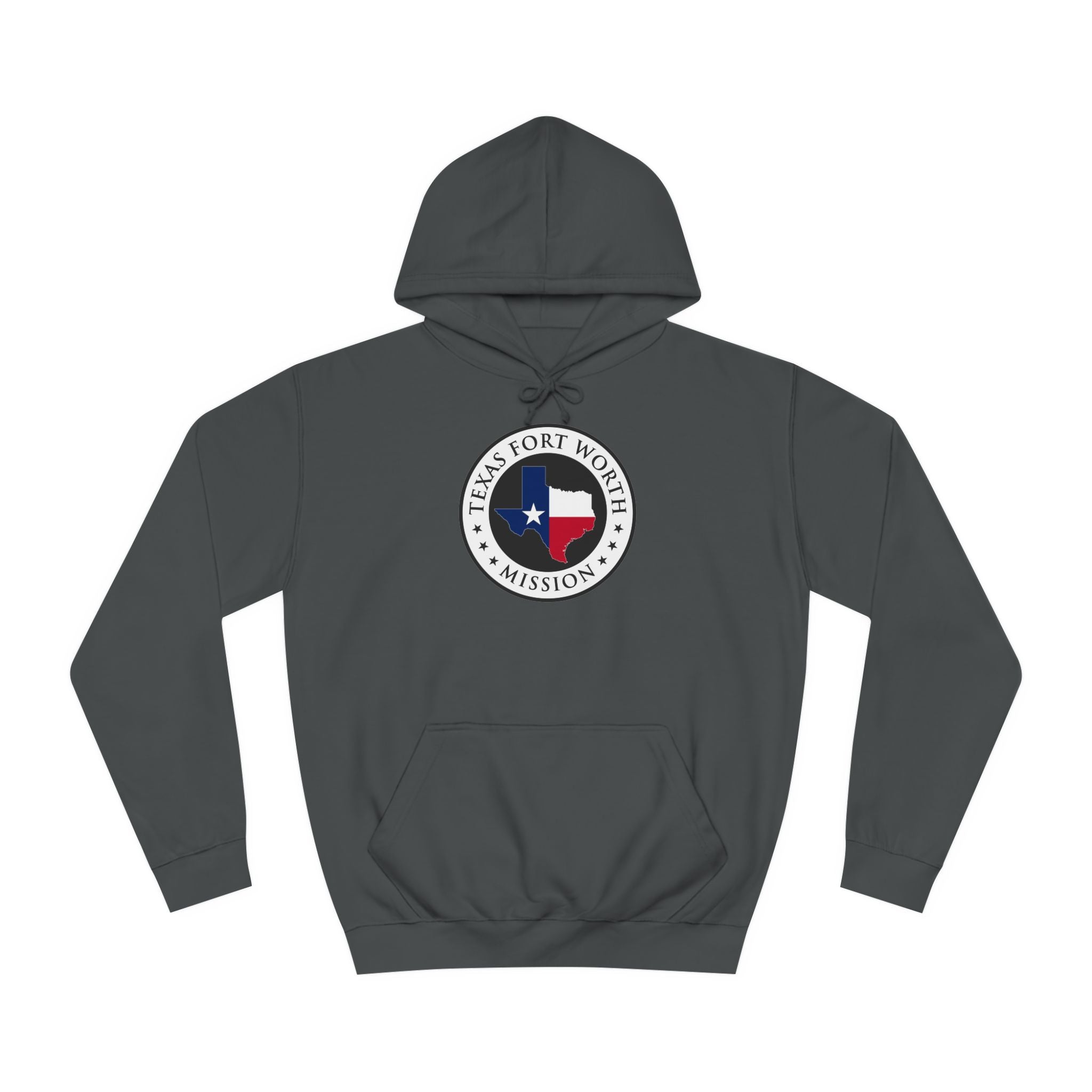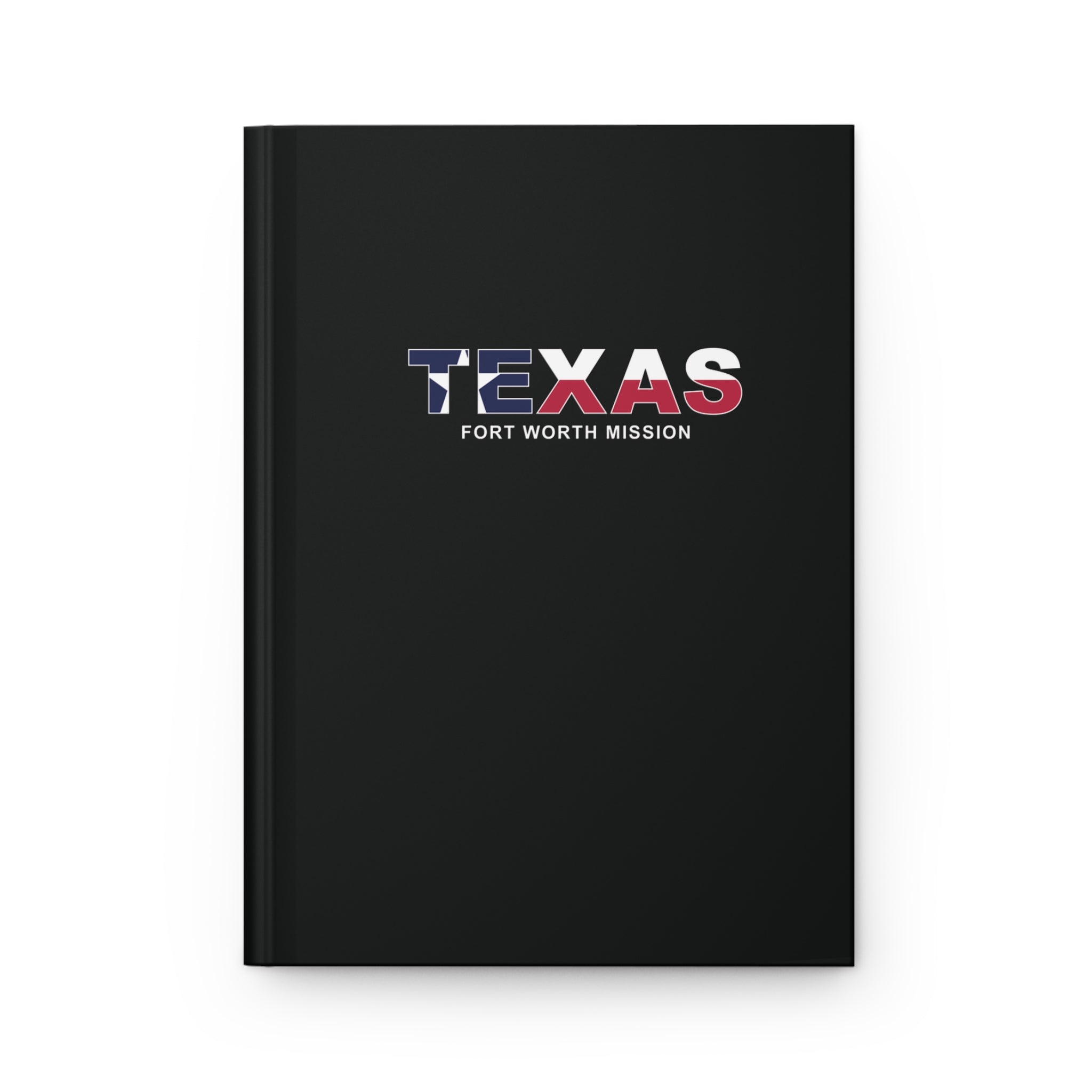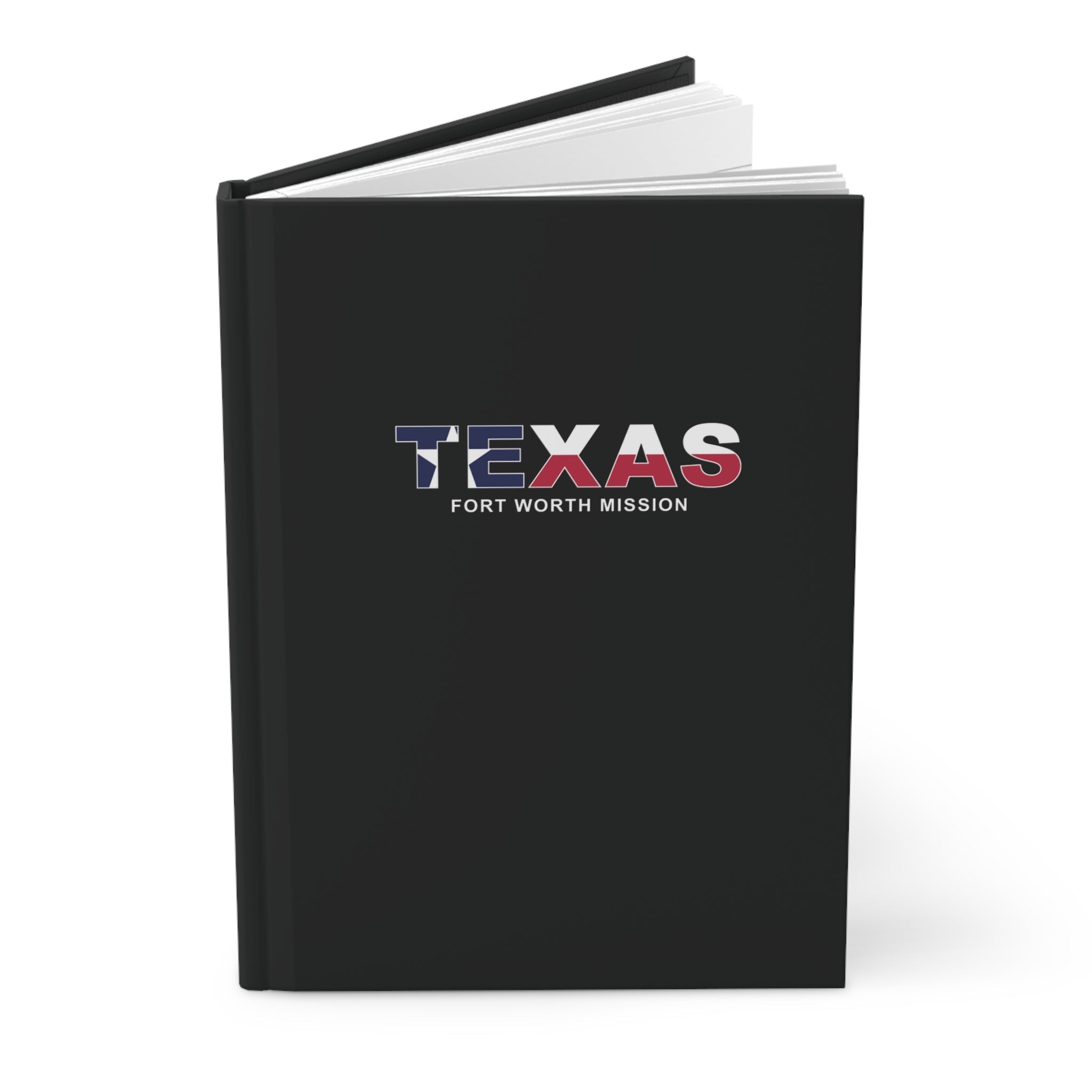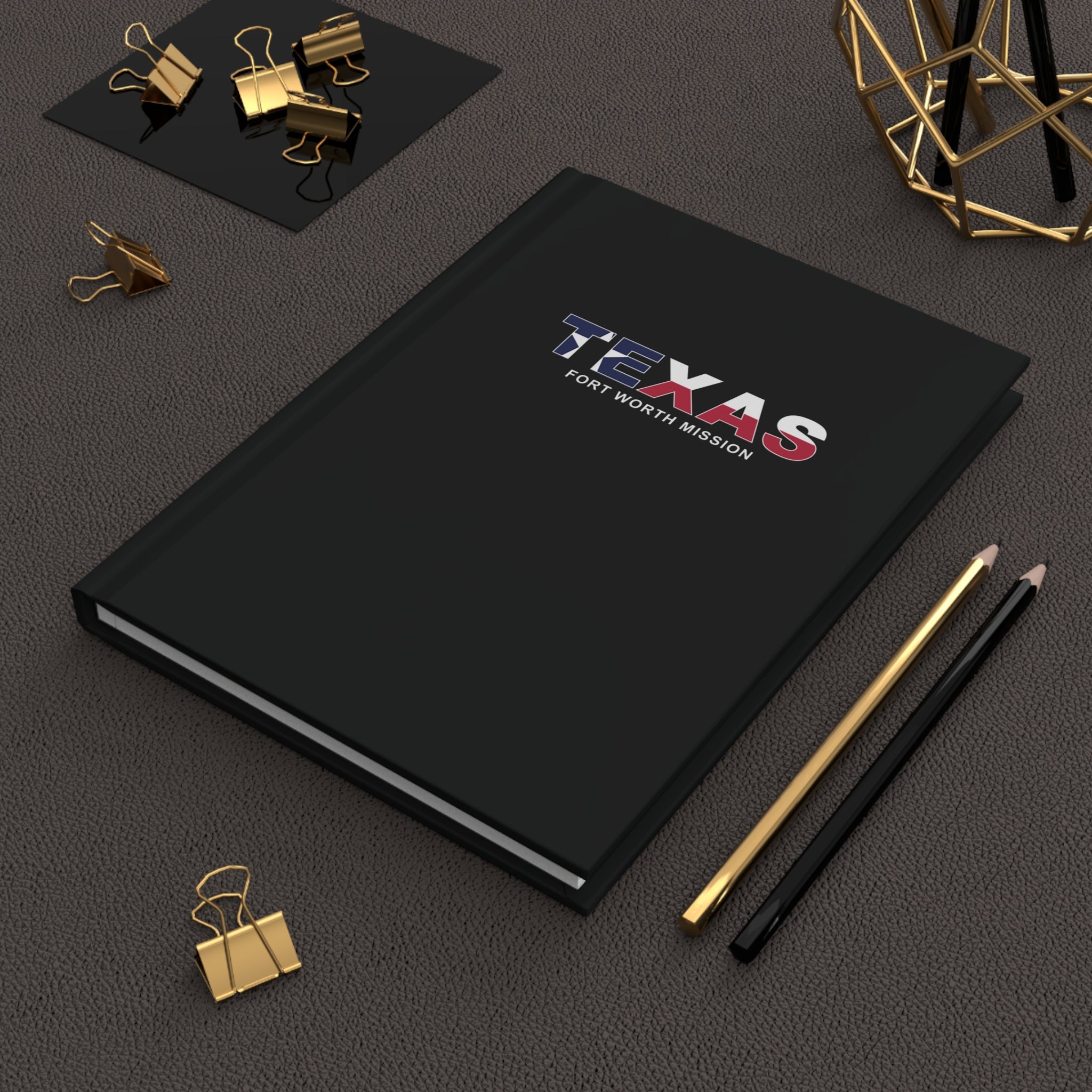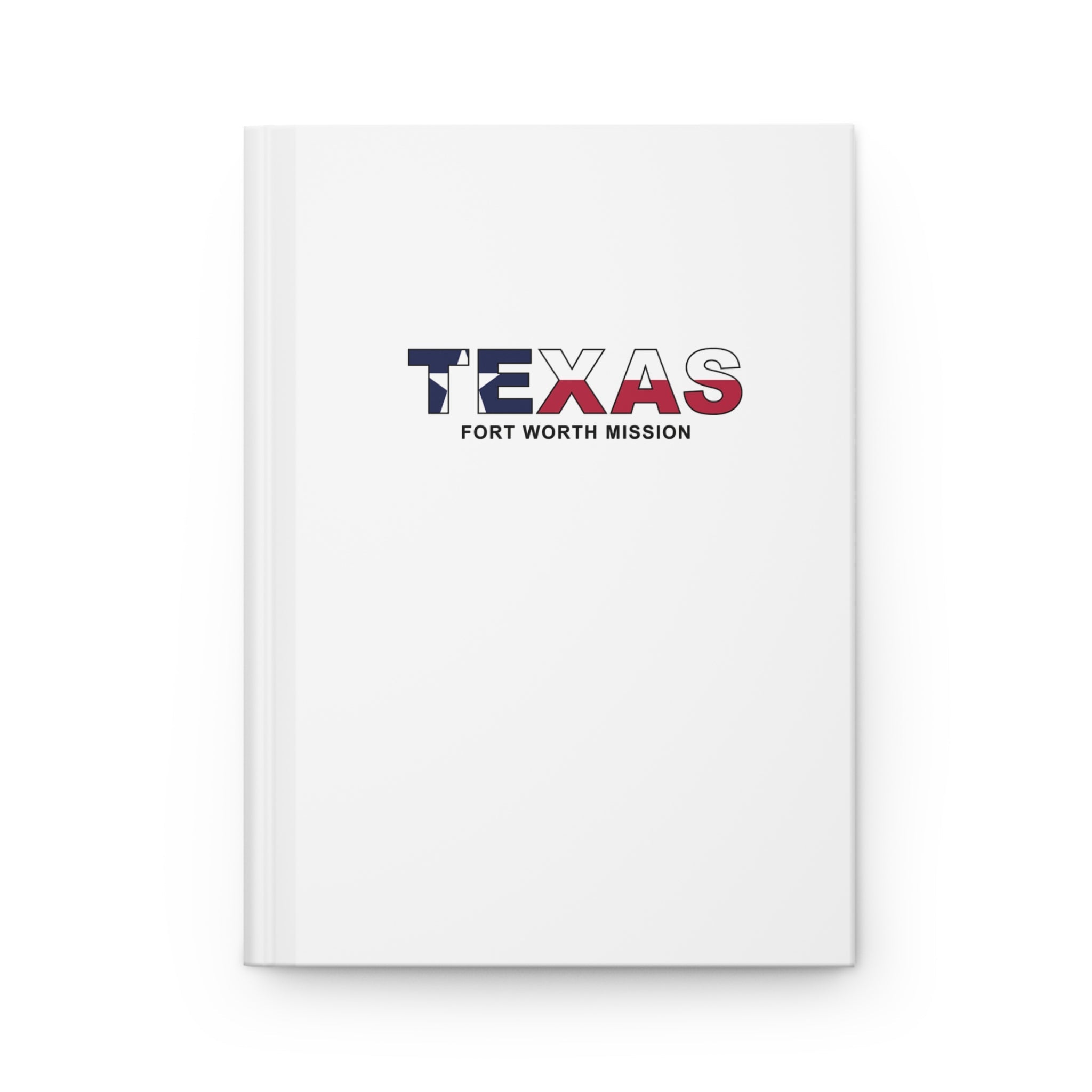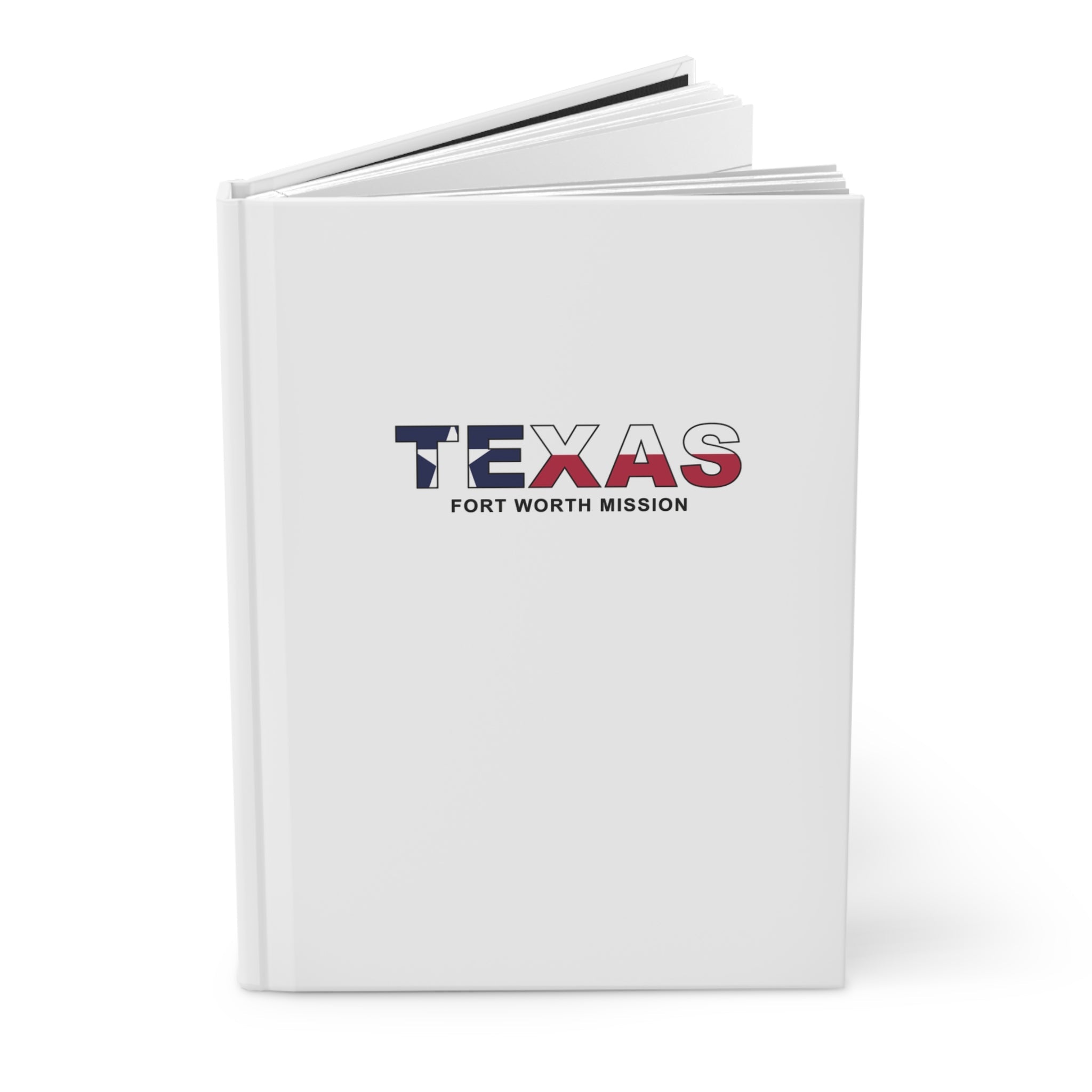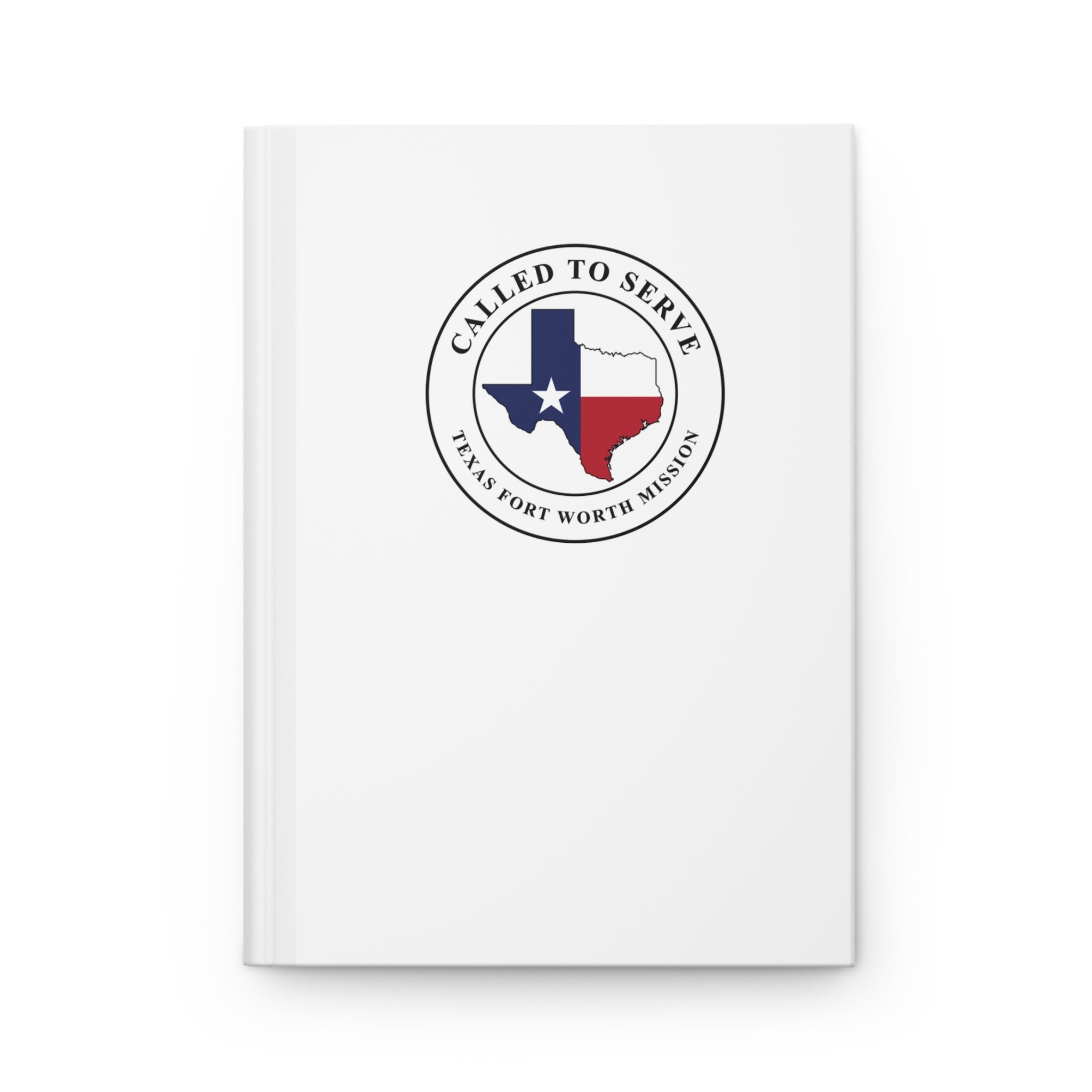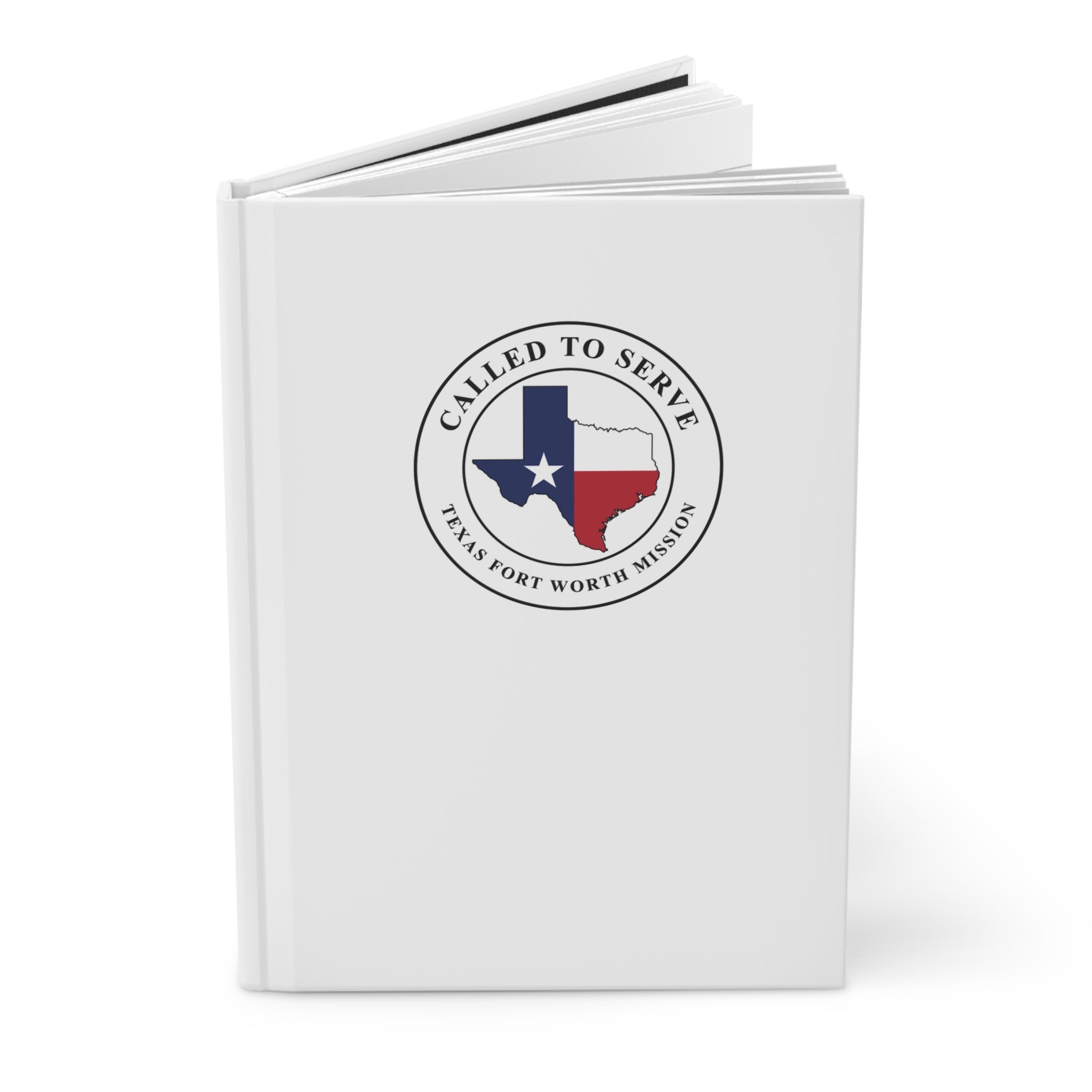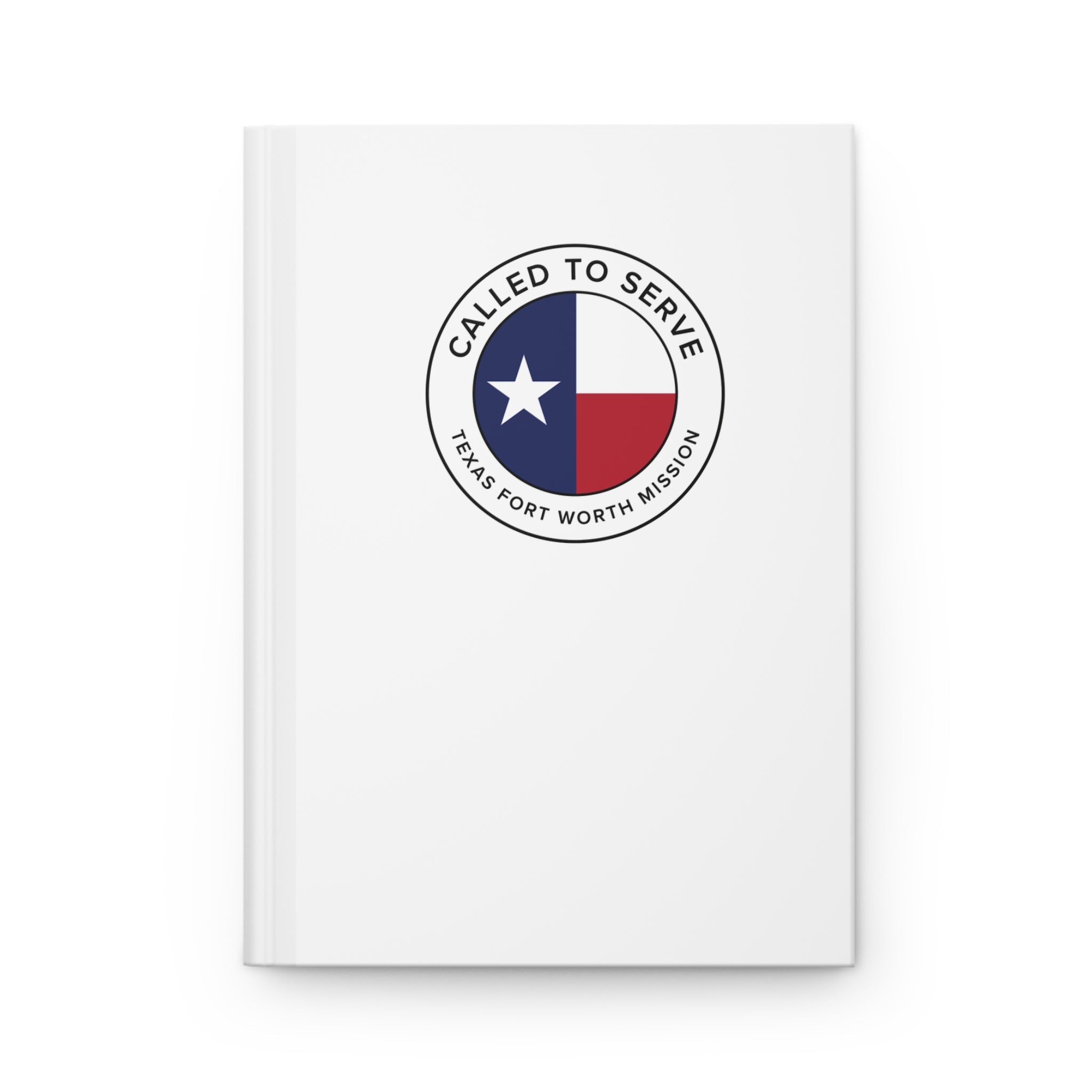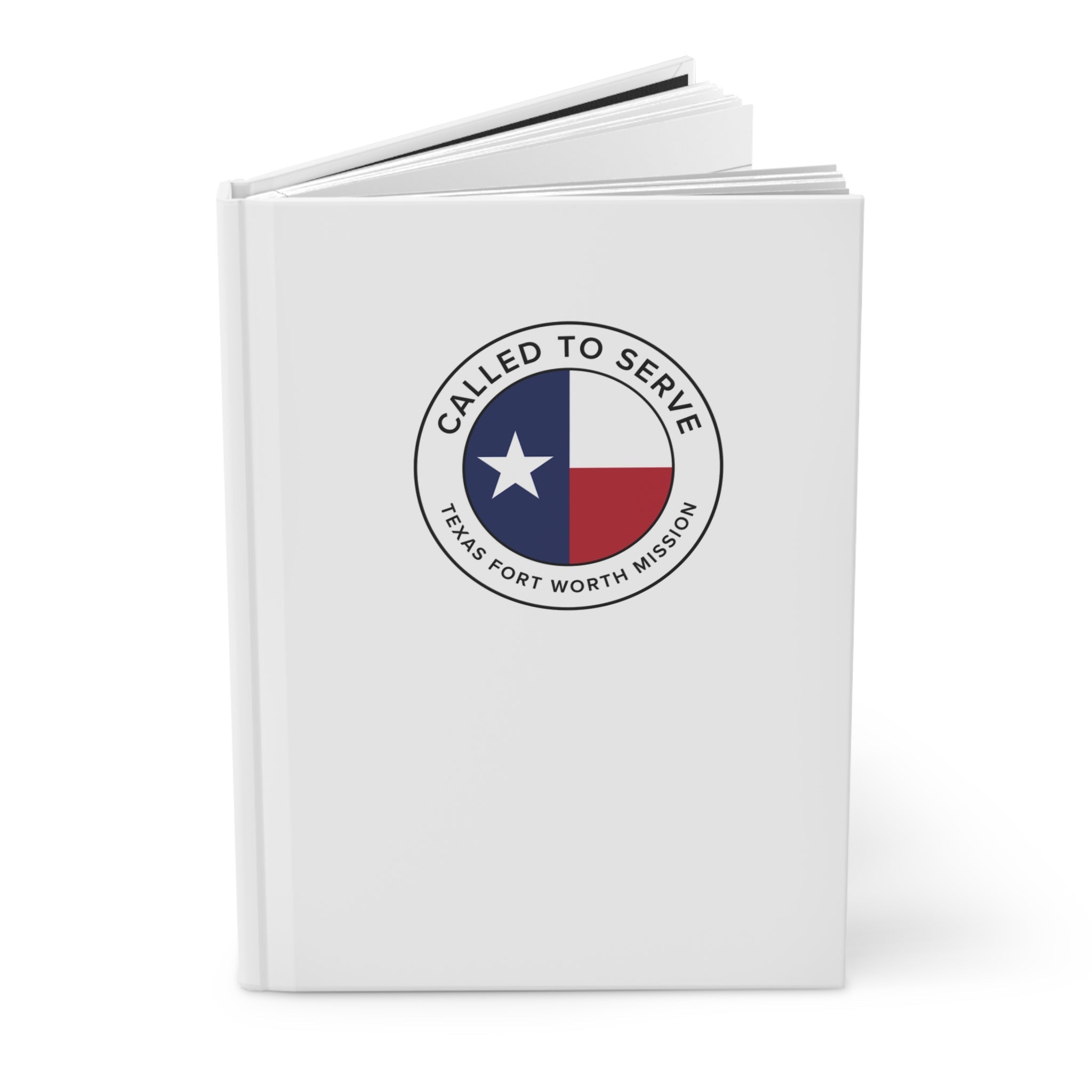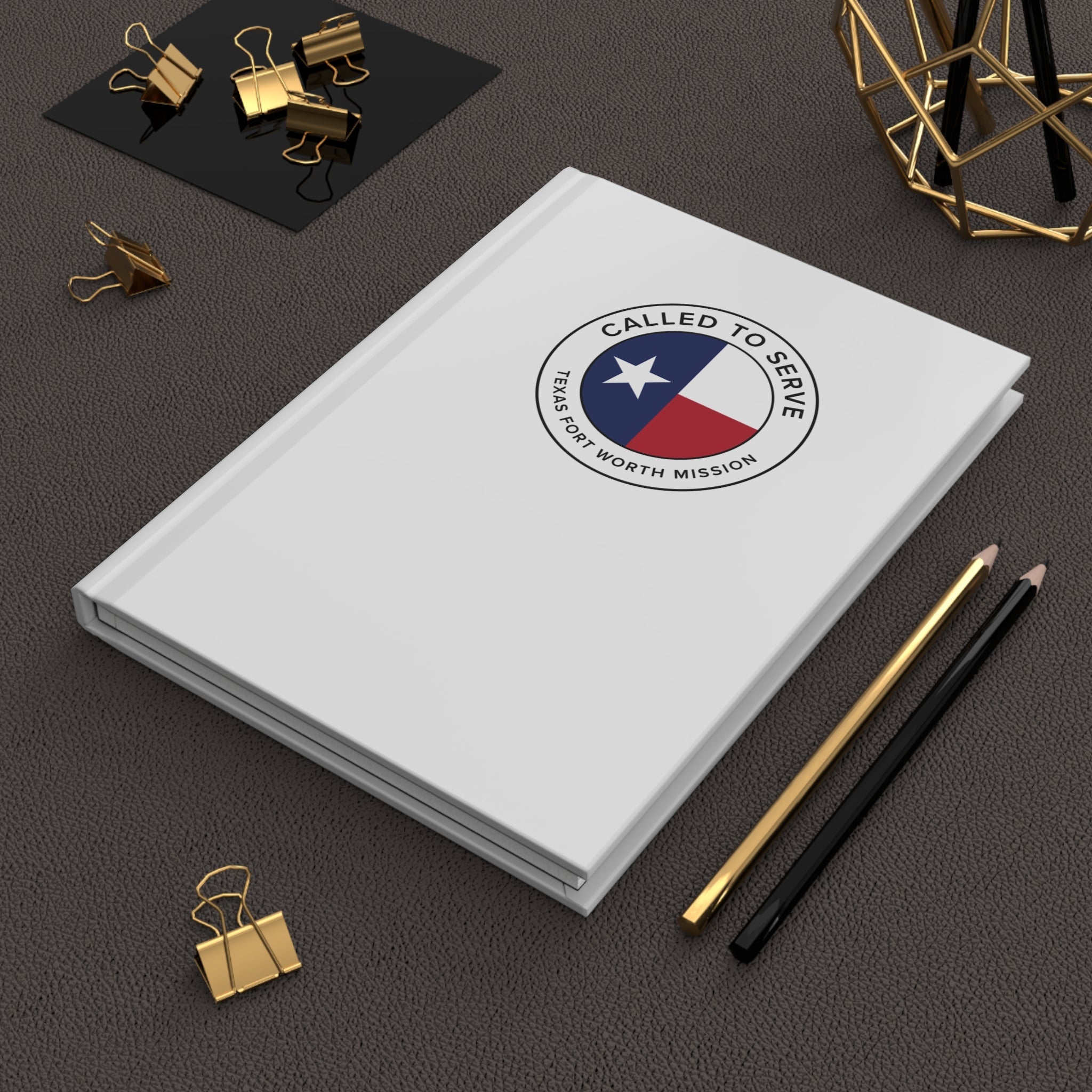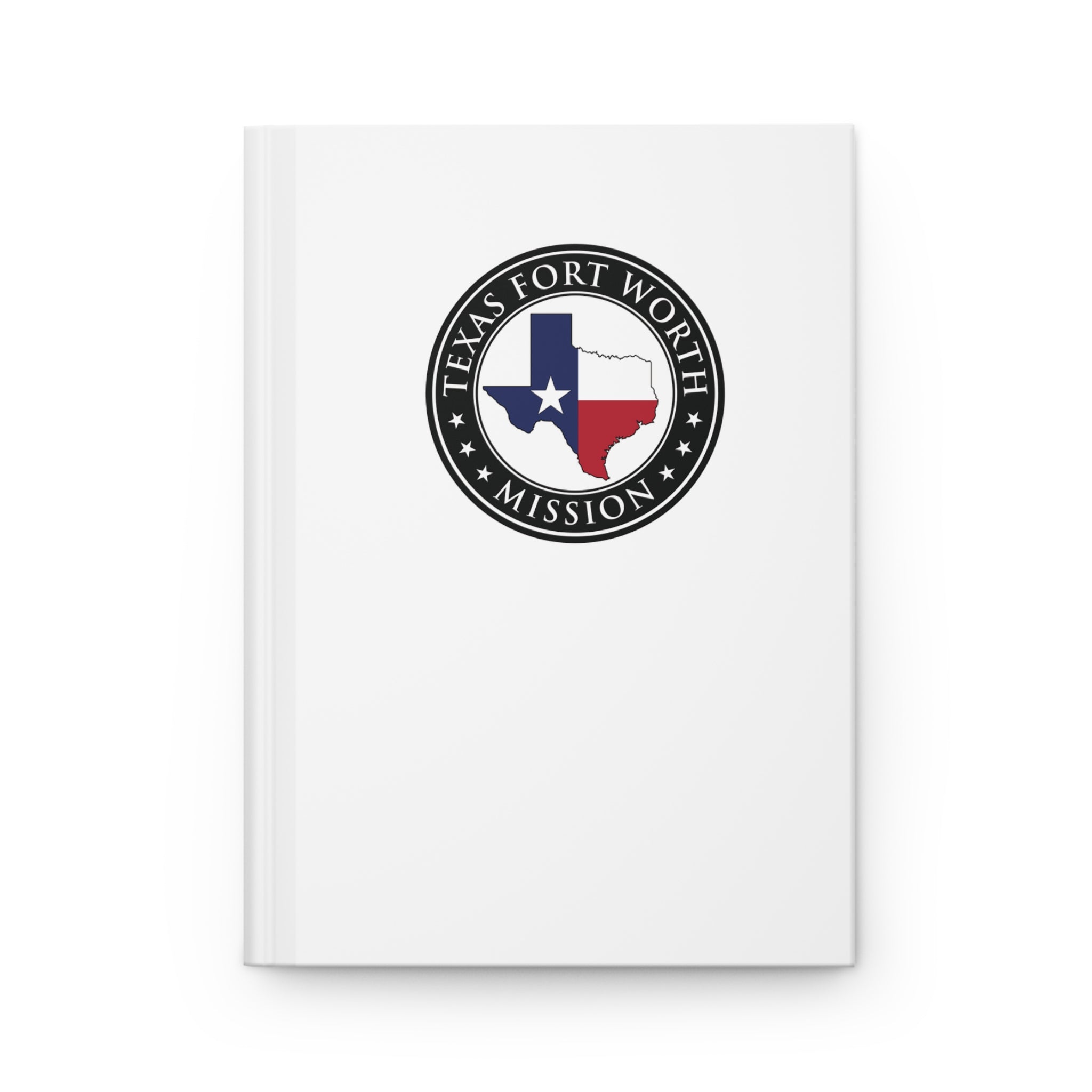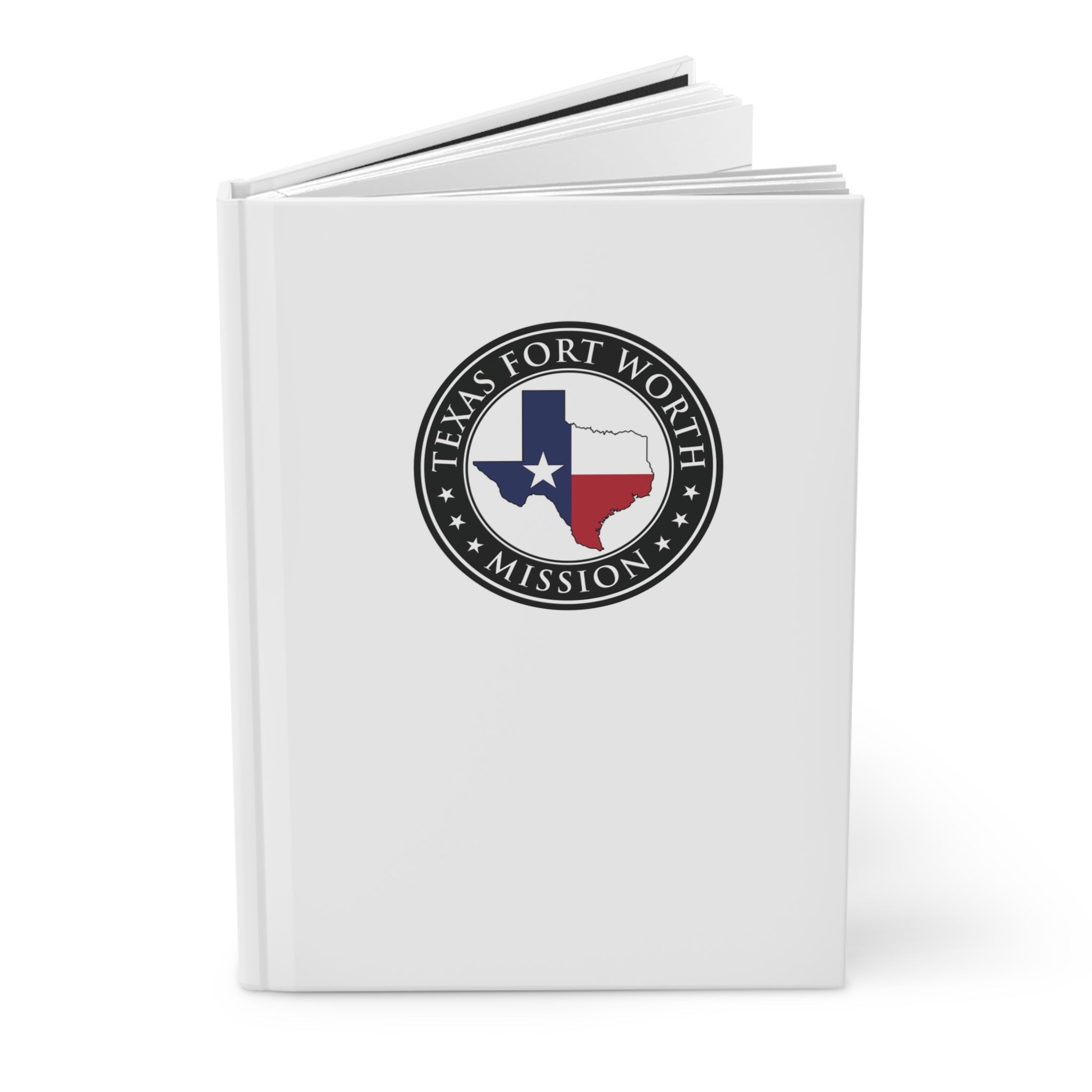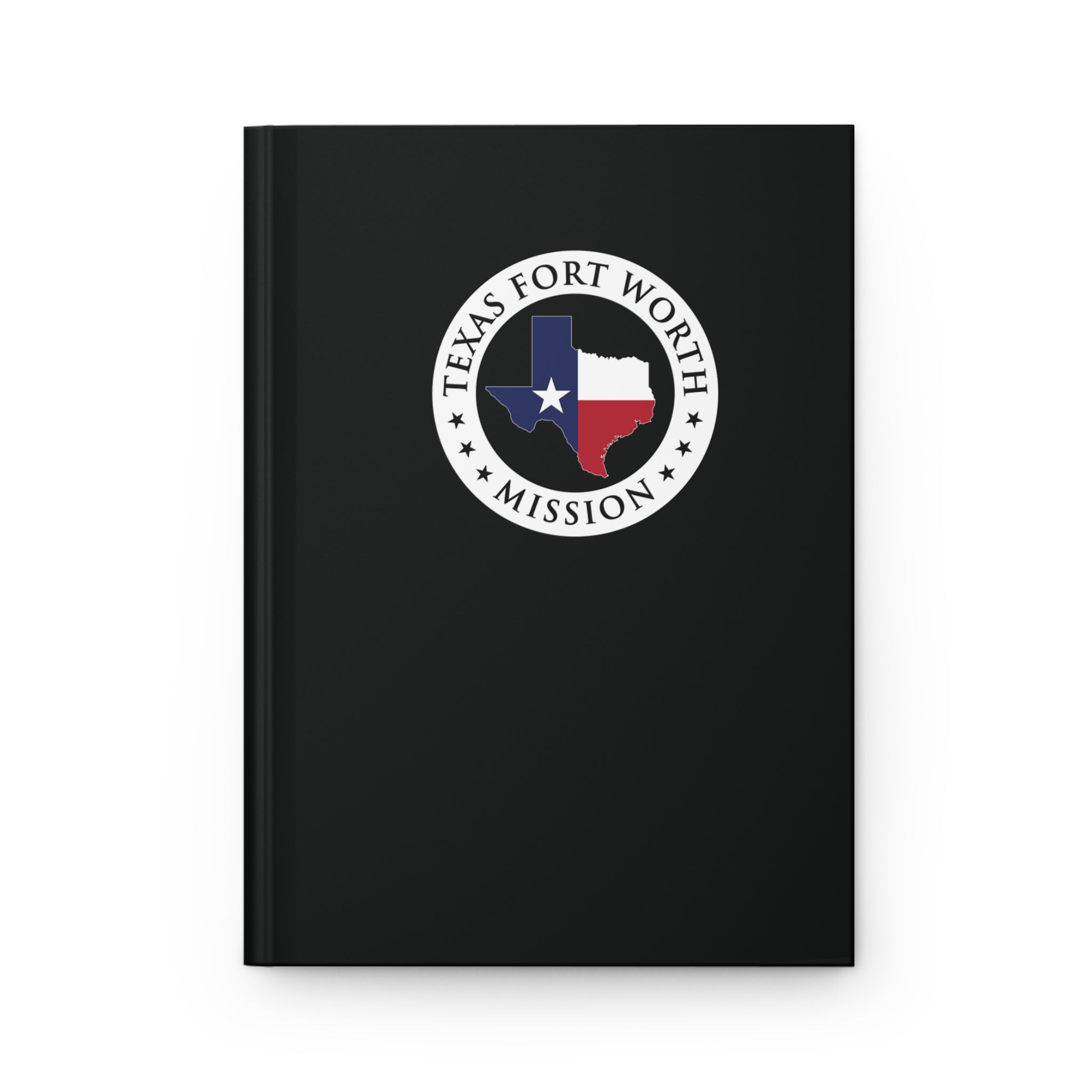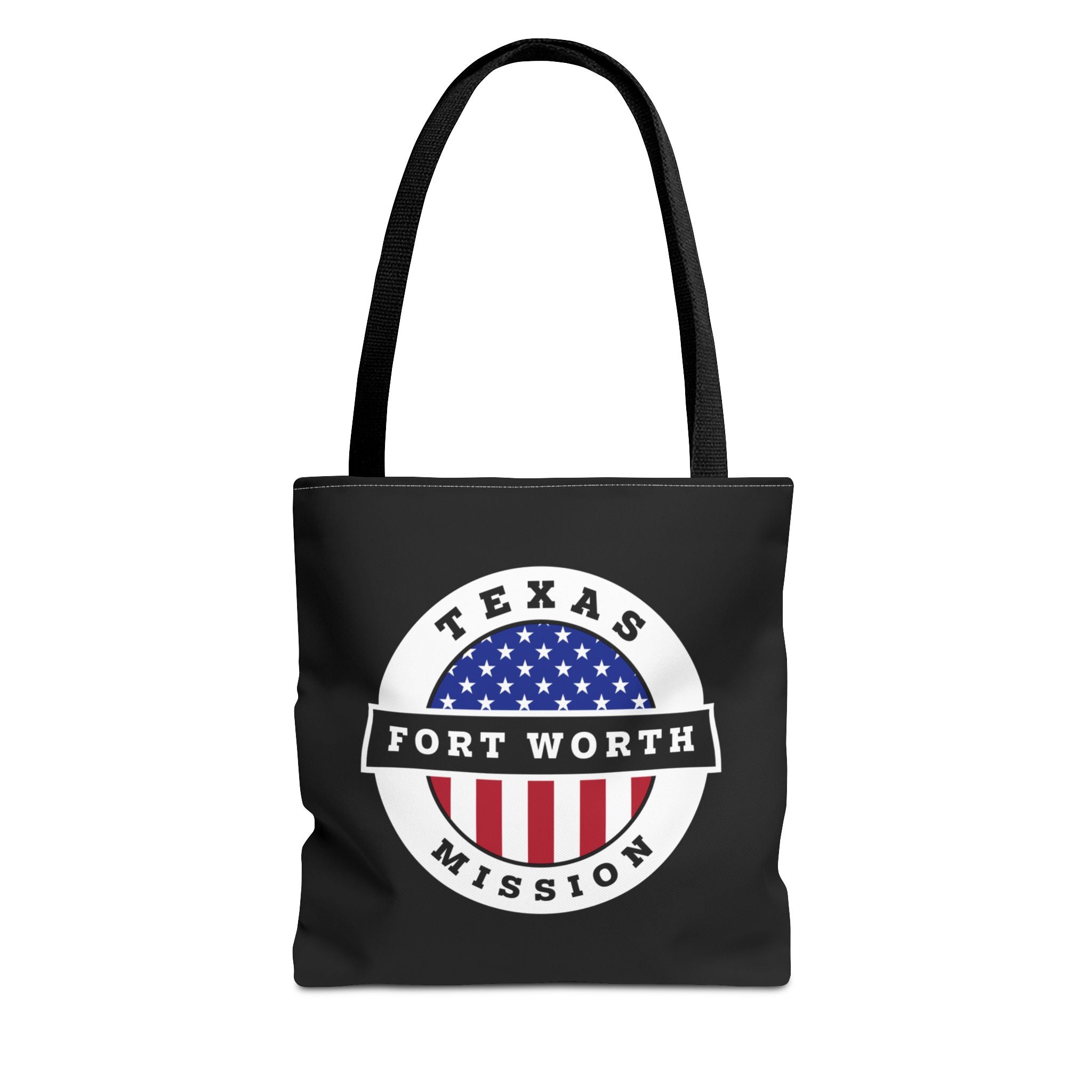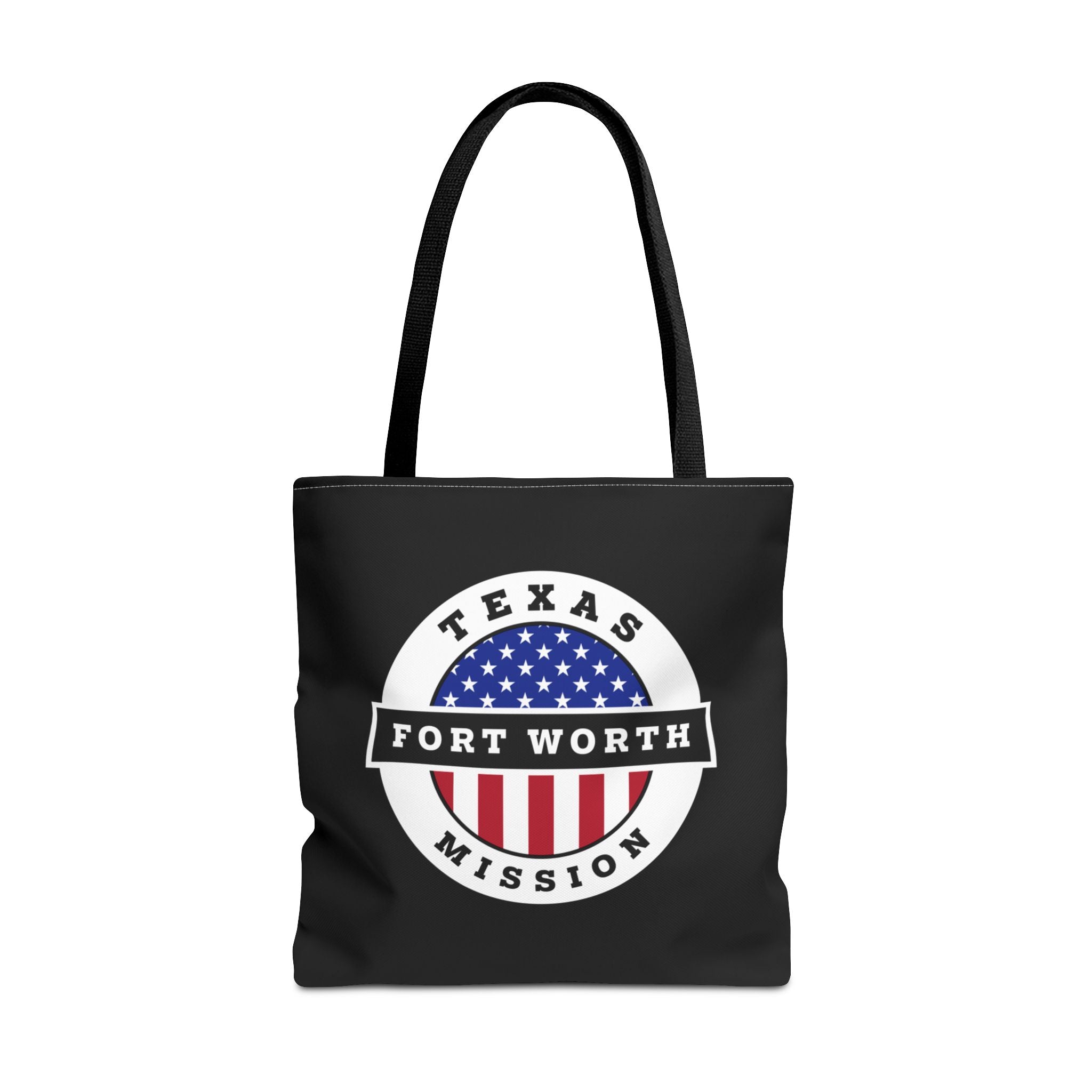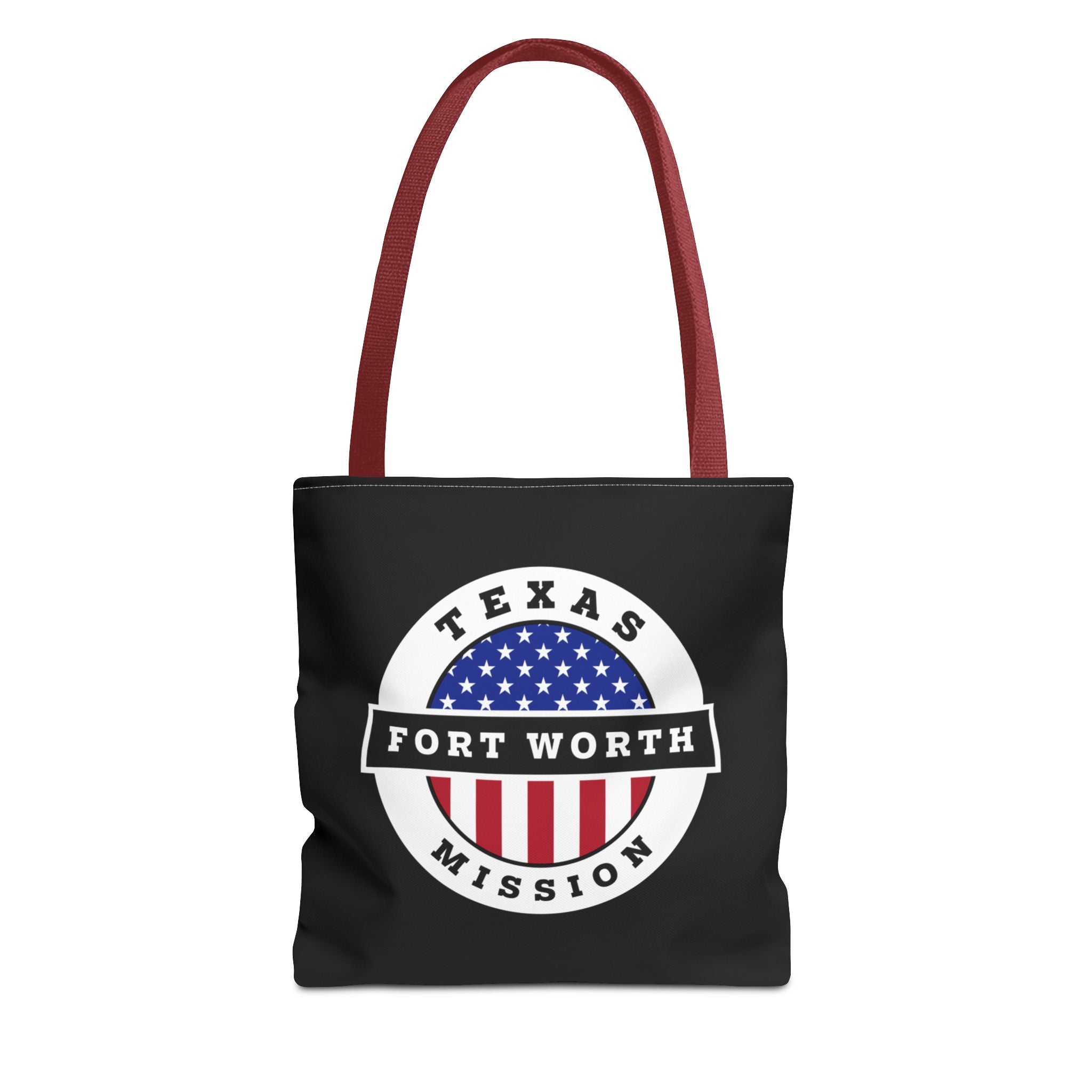Before Joseph Smith, the first President of The Church of Jesus Christ of Latter-day Saints, was murdered in 1844, he and other Church leaders considered buying a tract of land in Texas. The land would serve as a gathering place for the Saints should they be persecuted and driven out of Illinois. These plans were dissolved with the death of Joseph Smith. Missionary work in Texas had begun one year prior to this event.
In 1845, former Church leader Lyman Wight moved to central Texas with 100 others. Although he was excommunicated from the Church, he and his colony gave a favorable reputation to Church members in the state. In 1849, missionaries visited the Wight colonies and several were baptized back into the Church. From 1854 to 1857, several hundred converts immigrated to Utah from Texas.
In 1898, land was purchased that eventually became the colony of Kelsey, composed of 300 Church members. In 1906, membership was 1,000 and by 1930, 3,840 members met in 14 congregations. Membership was 50,000 in 1977; 120,000 in 1984 (when the Dallas Texas Temple was completed) and 154,000 in 1990.
On 14 October 1993, Richard A. Searfoss of League City, Texas, became the first Latter-day Saint to pilot the flight of a space shuttle. In 1994, Church members and missionaries rallied to assist flood-stricken southeast Texas, gathering relief supplies and helping to clean up debris and water-ravaged homes.

